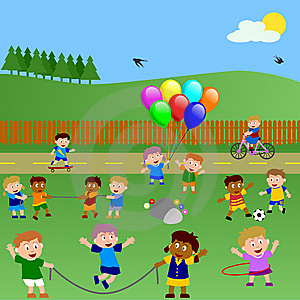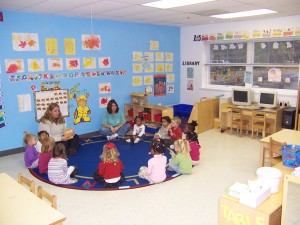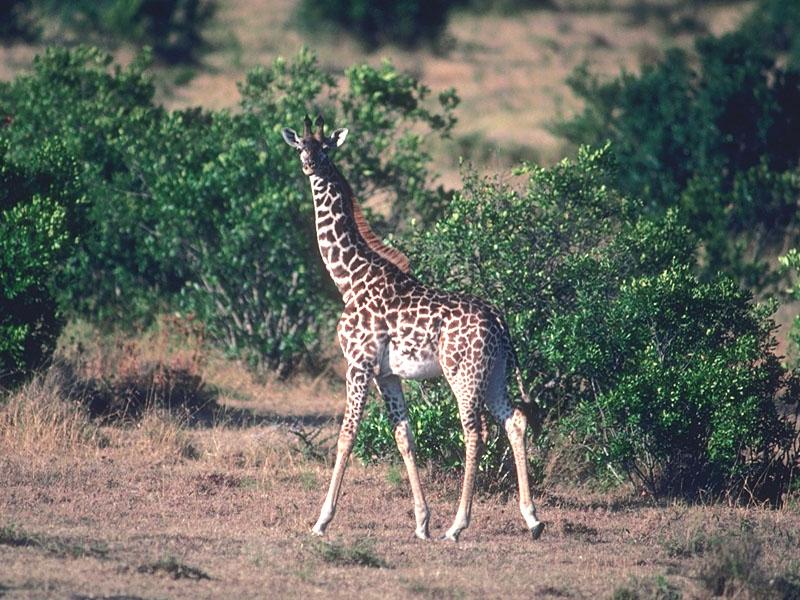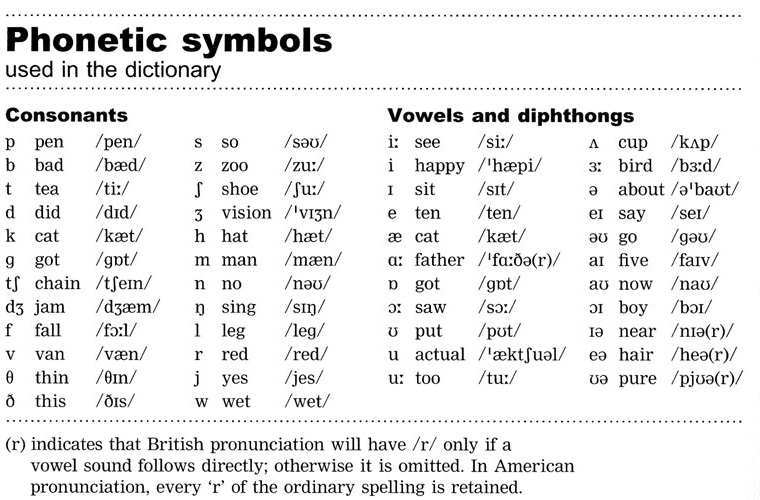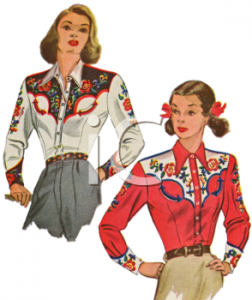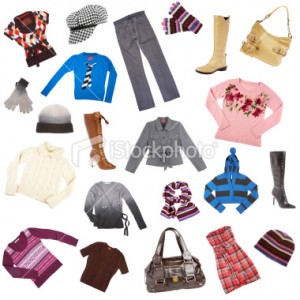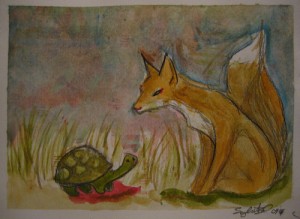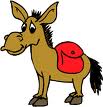 Once upon a time, there lived a wild donkey. He used to wander about freely in the jungle. He was free to do as he liked. One day, while he was roaming about, he reached the outskirts of a village. He saw another donkey, sitting comfortably, eating hay and enjoying the warm, winter sun. This donkey belonged to a potter. He looked very healthy, happy and content. The wild donkey felt very jealous of him.
Once upon a time, there lived a wild donkey. He used to wander about freely in the jungle. He was free to do as he liked. One day, while he was roaming about, he reached the outskirts of a village. He saw another donkey, sitting comfortably, eating hay and enjoying the warm, winter sun. This donkey belonged to a potter. He looked very healthy, happy and content. The wild donkey felt very jealous of him.
After a few days, the wild donkey went towards the village again. But, he was surprised to see a very different sight this time. The potter’s donkey was walking slowly with his head bent low. He had a heavy load on his back. The donkey was walking with great difficulty because of the heavy load . And if the donkey stopped, even for a minute, the potter beat him with a stick.
The wild donkey, then, realized that he was happier than the potter’s donkey. He thanked God for giving him freedom and went back in the jungle.
Exercise:- Answer the following questions:
- Where did the wild donkey live?
- What did he see one day?
- Why was he jealous of the potter’s donkey?
- What changed his feelings?
- What did he do?
Exercise:- Say whether the following statements are true or false:
- The wild donkey was free to do as he liked.
- The wild donkey was not jealous of the potter’s donkey.
- The potter’s donkey walked fast even with a heavy load on his back.
- The potter did not beat the donkey even when it stopped.
Exercise:- Give the opposite of the following words:
- Free
- Wild
- Winter
- Happy
- Slow
- Heavy
